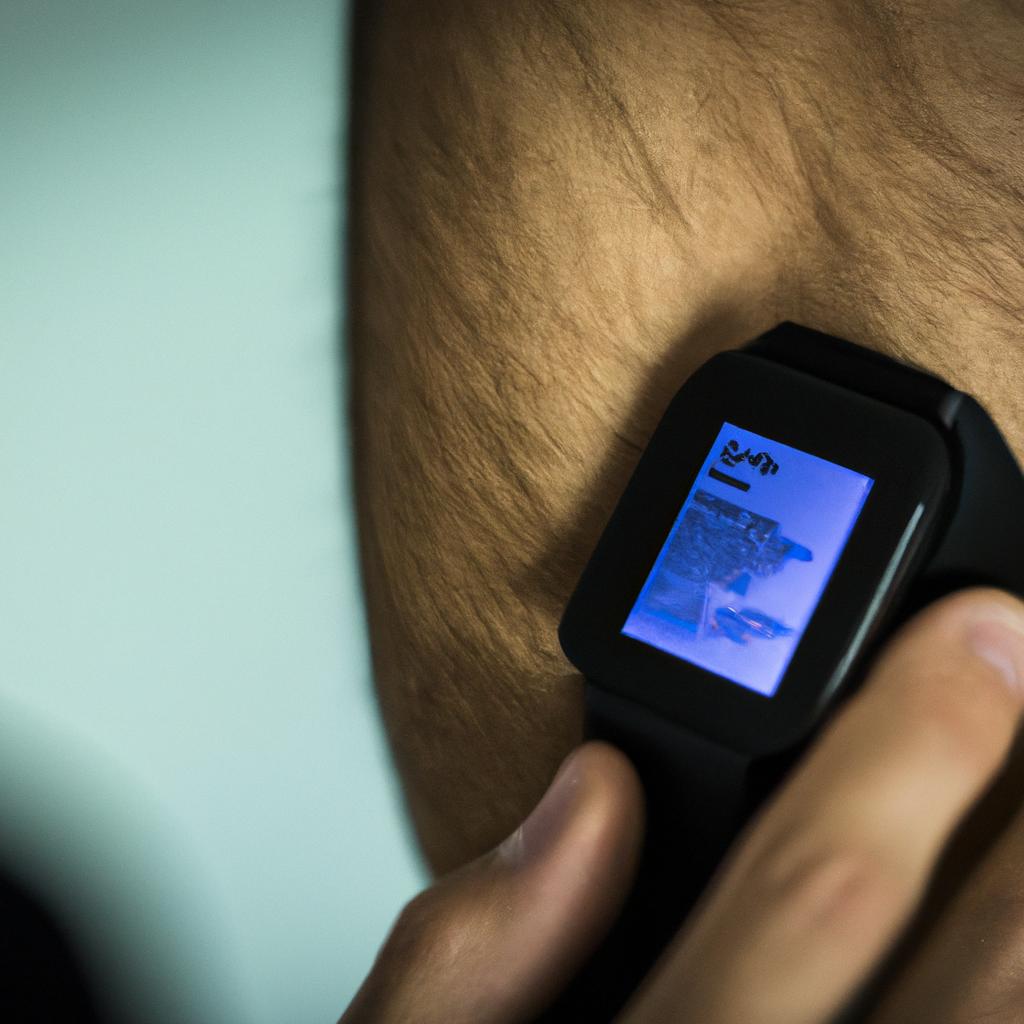Smart Wearables: Analyzing the Impact of Real-Time Biometric Feedback on Athletic Performance
# Smart Wearables: Analyzing the Impact of Real-Time Biometric Feedback on Athletic Performance
In recent years, the integration of smart wearables into athletic training and performance has transformed the landscape of sports and fitness. These innovative devices, equipped with advanced sensors and analytics capabilities, provide athletes with real-time biometric feedback that can significantly enhance their performance. From heart rate monitoring to sleep tracking, smart wearables enable athletes to make data-driven decisions that optimize their training regimens. In this blog post, we will explore how these devices impact athletic performance, discuss practical nutrition and exercise advice, and highlight the overall health benefits of using smart wearables in sports.
## The Role of Smart Wearables in Athletic Performance
### Understanding Real-Time Biometric Feedback
Smart wearables, such as fitness trackers, smartwatches, and heart rate monitors, collect a plethora of biometric data in real time. This includes metrics such as heart rate, respiratory rate, sleep patterns, and even blood oxygen levels. By providing athletes with immediate feedback, these devices allow for a more nuanced understanding of their bodies during training and competition.
### Enhancing Training Regimens
By analyzing biometric data, athletes can tailor their training programs to meet their specific needs. For example, if a runner notices a spike in heart rate during certain workouts, they can modify their pacing or incorporate more recovery days to avoid overtraining. This personalized approach to training not only enhances performance but also reduces the risk of injury.
## Nutrition Tips for Athletes Using Smart Wearables
### Meal Timing and Composition
Nutrition plays a critical role in athletic performance, and smart wearables can help athletes determine the best times to fuel their bodies. Athletes should consider consuming a balanced meal rich in carbohydrates, proteins, and healthy fats approximately two to three hours before workouts. Additionally, post-workout nutrition is crucial for recovery; athletes should aim to consume a protein-rich snack or meal within 30 minutes of completing their training.
### Hydration Monitoring
Many smart wearables now come equipped with hydration tracking features, which remind athletes to stay hydrated before, during, and after their workouts. Dehydration can severely impact performance, so athletes should pay attention to their hydration levels and aim to drink water regularly throughout the day, adjusting intake based on sweat loss and activity levels.
## Exercise Advice for Optimizing Performance
### Incorporating Data into Workouts
Athletes can leverage the insights provided by smart wearables to refine their workout strategies. For instance, if an athlete notices that their heart rate does not return to baseline levels quickly after intense exercise, it may indicate a need for improved cardiovascular conditioning. Athletes can then schedule more targeted cardio sessions to enhance their endurance.
### Setting Realistic Goals
Using the data collected by wearables, athletes can set achievable, measurable goals that align with their training objectives. Tracking progress over time can serve as a powerful motivator, helping athletes stay committed to their training routines and celebrate their successes along the way.
## Health Benefits of Using Smart Wearables
### Improved Awareness of Body Metrics
The primary health benefit of smart wearables is the increased awareness they provide regarding an athlete’s physiological state. By understanding their heart rate variability, sleep quality, and recovery status, athletes can make more informed decisions about their training and lifestyle choices.
### Enhanced Recovery and Injury Prevention
Real-time biometric feedback allows athletes to identify when their bodies are under stress or at risk of injury. For example, a sudden increase in resting heart rate may signal the need to take a rest day or modify the training plan. This proactive approach to injury prevention can keep athletes healthier and performing at their best for longer.
### Promoting a Holistic Approach to Health
Smart wearables encourage athletes to adopt a more holistic approach to their health. By tracking various metrics, including sleep, nutrition, and physical activity, athletes can see how these aspects of their lives are interconnected. This comprehensive view can lead to better lifestyle choices and an overall improvement in well-being.
## Conclusion
In conclusion, smart wearables have revolutionized athletic training by providing real-time biometric feedback that enhances performance, informs nutrition and exercise strategies, and promotes overall health. By leveraging the data collected from these devices, athletes can make informed decisions that lead to improved training outcomes and injury prevention. As technology continues to evolve, the impact of smart wearables on the world of sports will undoubtedly expand, offering even more opportunities for athletes to reach their peak performance.















Post Comment